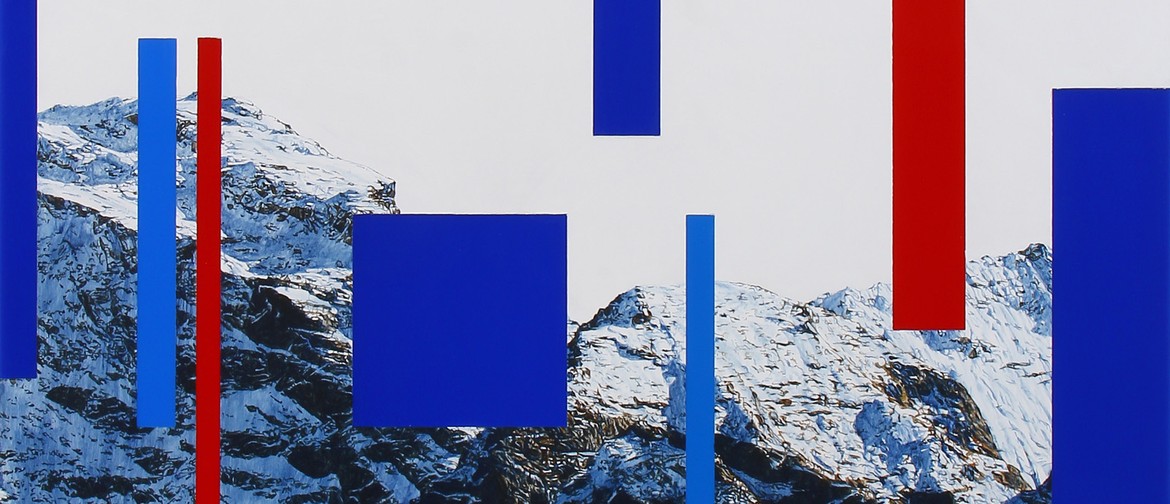Natchez Hudson: Shut the Land off from the Sea (2023)
9a Earl Street, Queenstown
Ticket Information
Restrictions
Website
Listed by
There are few artistic subjects which have been more heavily mined, and subsequently are as easily prone to cliché, as the landscape. In New Zealand in particular, where the landscape is so often excellently photogenic, landscapes have dominated art from the time of the first European visitors to the islands, with forms which resonate down from William Hodges to Grahame Sydney, by way of Gully, Van der Velden, Angus, McCahon, and White. The images, and the land they represent, become symbols of our nationality and national personality.
The paintings remain impressive, yet the immense time-scales involved in geologic change makes us think that they are visual descriptions of an eternal, never-changing land. We admire the images, but fail to see them as snapshots of a constantly changing geography. And if the land changes in ways which affect our lives, we often notice those changes far too late to react to them.
Natchez Hudson's work deliberately challenges these perceptions. His works use the concept of beautiful, highly detailed photorealistic landscapes but subvert it by presenting his mountains as items which can be moved around the frame, elements placed alongside clearly artificial blocks against plain backgrounds in deliberately artificial, "unnatural" colours. In pieces such as Pounteleza, the blocks both overlay and underlay the mountains, separating and lifting them from their background. In doing this, he not only questions the clichéd and continual use of the landscape as a painting subject, but also addresses our blasé expectations that the land is, was, and always will be constant. His art seeks new possibilities, both for landscape art and for our interaction with the land. The traditional comfortable nature is removed and a space becomes open to discussion and reflection.1
Hudson's use of clearly artificial elements — acrylic lines and blocks embedded in the canvas — deliberately reference the human encroachment on the seeming purity of nature. This impact has reached the point where scientists have coined the word "Anthropocene" to describe our present, post-natural age, where human civilisation is threatening to destroy itself, most specifically through climate change. These graphic design insertions also subvert the perception of the landscape painting as an expression of national identity, turning the mountains of Urgench and Atilt Yam into logos for Brand New Zealand, another packaged product in a plasticware world.
The titles of the works reflect our tendency to underestimate the power of nature and its changes. Each of them is the name of an ancient settlement lost through natural disaster, mostly through changes in coastlines. The images were painted in Europe during recent record-breaking heatwaves,2 yet the images are predominantly of South Island mountains, mainly peaks around the shores of Lakes Wakatipu and Wanaka. The use of these southern landmarks impresses on us the fact that when change comes, it will affect us all. News of floods in Asia and wildfires in Canada are not isolated, unconnected events affecting only small parts of the globe. Send not to ask for whom the bell tolls — it tolls for thee.
1. Artist's statement, 2023
2. Ibid.
Log in / Sign up
Continuing confirms your acceptance of our terms of service.




Post a comment